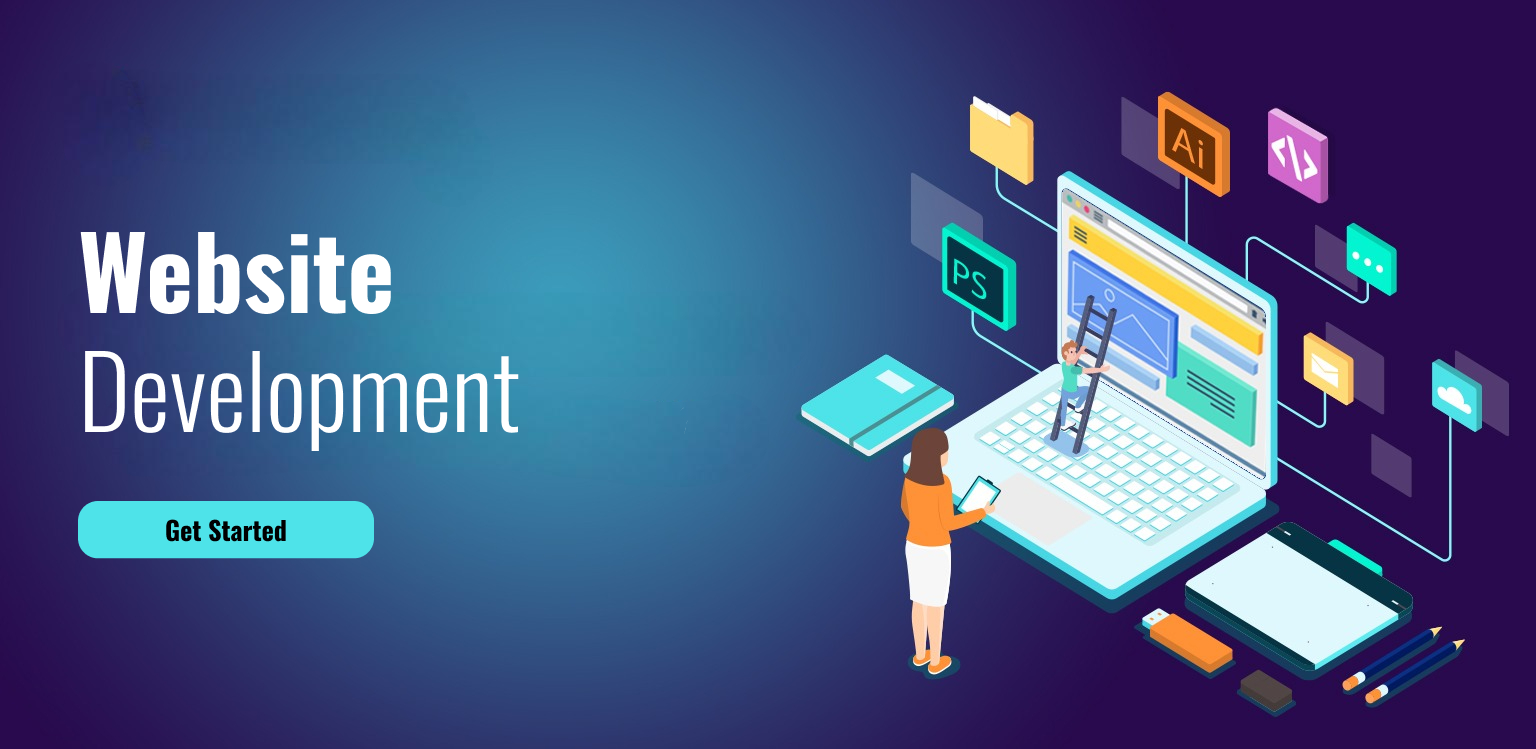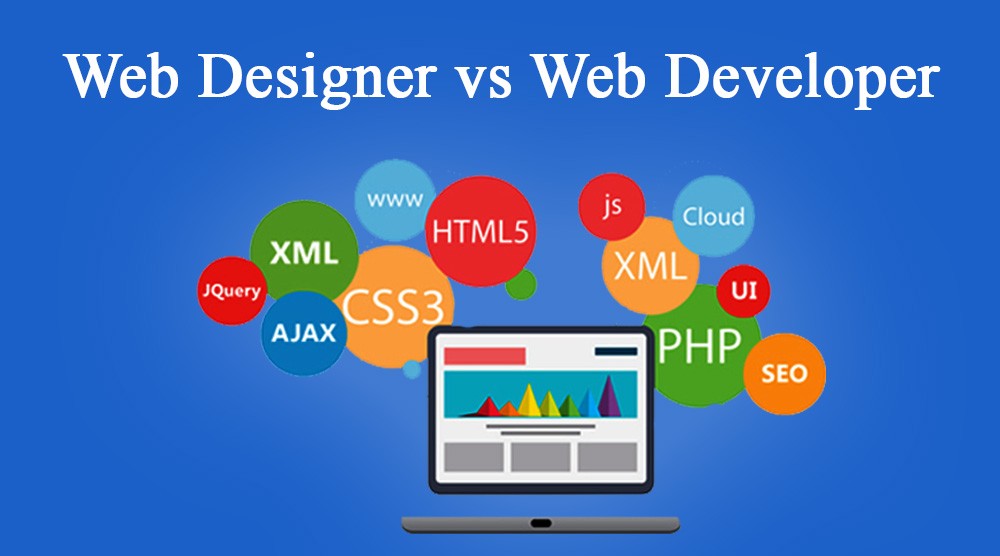Discovering the Different Types of Web Style and Their Distinct Advantages
The landscape of Web style includes a selection of styles, each offering distinct benefits that accommodate various user needs. Minimalist and level layouts stress clarity, while responsive and worldly styles boost versatility throughout gadgets. Illustratory and typography-driven methods intend to boost involvement and emotional vibration. Recognizing these diverse kinds can significantly influence individual experience and brand name understanding. What lies underneath the surface of these style choices?
Minimal Website Design

Minimal Web layout usually incorporates a minimal color combination and uncomplicated typography, which not only improves aesthetics yet also reinforces brand identity. The lowered complexity can lead to quicker loading times, better improving customer satisfaction. Furthermore, by decreasing visual mess, users can involve with content more successfully, resulting in boosted understanding and retention. On the whole, minimal website design cultivates a smooth customer experience, making it a prominent choice for brand names intending to convey clarity and professionalism and reliability in their on the internet presence.
Responsive Web Style
Responsive Web layout has ended up being vital in today's electronic landscape, making sure mobile compatibility for users across different gadgets. This technique considerably boosts individual experience by offering smooth navigation and ease of access, regardless of display size. As even more individuals access the Web on mobile phones and tablets, the significance of responsive layout continues to grow.

Mobile Compatibility Relevance
As smart phone usage proceeds to climb, ensuring sites work with numerous display dimensions has actually ended up being necessary for efficient interaction and involvement. Mobile compatibility, often achieved via receptive website design, permits web sites to adjust perfectly to smartphones, tablets, and various other tools. This flexibility not just reaches a broader audience but also boosts brand name reliability. A site that works well on mobile gadgets reflects professionalism and trust and focus to customer requirements. Furthermore, online search engine focus on mobile-friendly websites in their positions, making compatibility a vital factor for on-line presence. By investing in mobile compatibility, businesses can boost their electronic presence and accommodate the growing number of users that access information on the move. Focusing on mobile-responsive layout is critical in today's electronic landscape.
Improved User Experience

Flat Design
Level design is a minimal strategy to Web style that stresses simplicity and quality. By eliminating three-dimensional components such as structures, slopes, and darkness, flat layout produces an aesthetically enticing interface that prioritizes content and performance. This design promotes an intuitive navigating experience, as customers can swiftly determine crucial functions and actions without distraction.
Among the primary advantages of flat design is its responsiveness throughout numerous gadgets and screen dimensions. Its clean lines and uncomplicated formats adjust effortlessly, ensuring a regular experience for customers on mobile, tablet, or desktop platforms. In addition, level style typically incorporates bold shades and typography, improving aesthetic impact and brand name recognition.
In addition, the simplicity integral in flat design results in faster loading times, which adds positively to customer complete satisfaction - website development. In general, flat style remains a popular choice for modern Web development, straightening with modern visual choices while delivering superb functionality
Product Layout
Material Design represents a design language developed by Google that concentrates on producing a natural and user-friendly individual experience throughout digital platforms. This technique highlights the use of grid-based formats, responsive computer animations, and deepness effects such as lighting and darkness, which assist to create a feeling of hierarchy and spatial relationships. By resembling the physical globe, Product Layout allows users to connect with electronic user interfaces in a more appealing and all-natural manner.
One of the essential benefits of Material Design is its versatility throughout different gadgets and screen sizes, ensuring a regular experience for users. Additionally, it advertises a clear visual language that boosts functionality, making it much easier for customers to browse complex applications. The consolidation of lively colors and vibrant typography likewise plays a vital duty in accentuating key elements, thus enhancing total customer interaction - web design. As A Result, Material Design has actually become a preferred choice among programmers looking for to develop functional and aesthetically appealing websites
Typography-Driven Style
Typography-Driven Layout concentrates on the calculated use of type to improve the aesthetic and practical elements of a website. This style method prioritizes fonts, font dimensions, spacing, and hierarchy to develop aesthetic interest and overview user experience. By meticulously selecting typography, developers can convey brand identification and evoke feelings, making the content much more appealing and accessible.
Efficient typography boosts readability and functionality, ensuring that customers can quickly soak up and browse the site information. The ideal combination of kind can likewise establish a clear aesthetic pecking order, enabling individuals to promptly determine vital messages and phones call to action.
A typography-driven technique can be adjusted to different tools, making sure uniformity across platforms. This versatility is vital in today's multi-device landscape, where customer their website experience is critical. Ultimately, Typography-Driven Style offers not just as a creative selection however also as a functional aspect that significantly influences a site's performance.
Illustratory Web Layout
Illustratory website design utilizes visual storytelling strategies that can greatly improve individual engagement. By integrating distinct pictures, sites can produce a memorable brand name identification that resonates with their audience. This strategy not just captivates visitors however also connects messages in an aesthetically engaging fashion.
Aesthetic Storytelling Methods
A plethora of Web designers employ aesthetic storytelling methods to create engaging and immersive individual experiences. This strategy incorporates design, typography, and images to tell a story that reverberates with customers on an emotional level. By integrating engaging visuals, developers can efficiently communicate messages and evoke sensations, leading visitors through a brand name's trip. Infographics, computer animations, and interactive elements offer to enhance stories, making intricate info extra accessible and unforgettable. Furthermore, aesthetic storytelling can establish a cohesive brand name identity, as constant images and styles enhance core values and messages. Inevitably, this method not just astounds users but also fosters a deeper link with the content, motivating navigate here expedition and retention. Through knowledgeable application, aesthetic storytelling transforms common Web experiences into vibrant and meaningful communications.
Enhancing Customer Interaction
Reliable website design significantly boosts individual interaction by leveraging illustratory aspects that attract interest and foster communication. Illustrations can streamline complicated ideas, making them a lot more friendly and memorable for customers. They break the dullness of text-heavy pages, producing visual breaks that invite exploration. Furthermore, one-of-a-kind illustrations can stimulate emotions, motivating individuals to get in touch with the web content on a much deeper degree. click for more info Interactive components, such as animations or hover effects, can additionally boost involvement by inviting users to take part proactively instead of passively eating info. This strategy not only maintains visitors on the website much longer but additionally boosts the likelihood of return check outs. Ultimately, effective illustratory Web style changes the customer experience, making it extra pleasurable and impactful.
Branding Via Illustration
Visual components play a substantial function fit a brand name's identity, and illustrations are a powerful device in this regard. Illustrative website design enables brands to share their distinct personality and values through personalized artwork. This strategy fosters a much deeper emotional link with the audience, enhancing memorability and interaction. By integrating images, brands can distinguish themselves in a congested industry, producing a distinctive aesthetic story that resonates with their target group. Additionally, illustrations can make and streamline complex ideas material a lot more obtainable, successfully connecting messages in an appealing manner. Overall, branding through illustration not just enhances the user experience but likewise strengthens brand name acknowledgment, making it a beneficial approach for businesses aiming to establish a solid on-line visibility.
Regularly Asked Inquiries
How Do I Choose the Right Web Design Type for My Company?
To pick the right website design type for a service, one should examine objectives, target market, and market criteria. Examining individual experience and capability will direct the selection process for excellent involvement and efficiency.
What Tools Are Ideal for Producing Various Website Design Designs?
Popular tools for creating diverse Web design styles consist of Adobe XD, Figma, Sketch, and WordPress. Each deals special functions customized to various style requirements, allowing designers to build useful and aesthetically attractive sites efficiently.
Exactly How Much Does Professional Web Layout Usually Expense?
Expert Web style typically costs in between $2,000 and $10,000, depending upon complexity, functions, and developer proficiency. Customized options and recurring upkeep may increase costs, while templates can provide even more budget-friendly choices for easier jobs.
Can I Incorporate Numerous Web Style Keys In Successfully?
Yes, integrating several website design types can be effective. By integrating elements from numerous designs, designers can produce one-of-a-kind, appealing individual experiences that accommodate varied audiences while boosting performance and aesthetic allure.
Exactly How Do Layout Trends Influence Individual Experience and Engagement?
Layout fads considerably affect customer experience and involvement by boosting aesthetic appeal, enhancing navigating, and promoting emotional connections - web development. Staying upgraded with trends allows designers to produce user-friendly user interfaces that resonate with users and encourage prolonged interactions
Flat and minimalist layouts highlight quality, while responsive and worldly designs enhance flexibility throughout tools. It may appear counterintuitive, minimalist Web style highlights simpleness to boost user experience. Receptive Web layout plays a vital duty in enhancing customer experience by making certain that an internet site adapts perfectly to various screen sizes and devices. Flat style is a minimal strategy to Web layout that highlights simpleness and clearness. Product Style represents a layout language created by Google that concentrates on developing a natural and user-friendly individual experience throughout digital platforms.